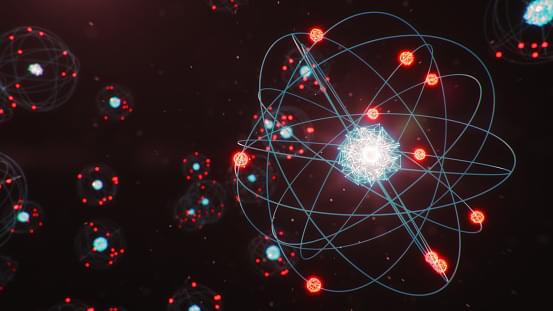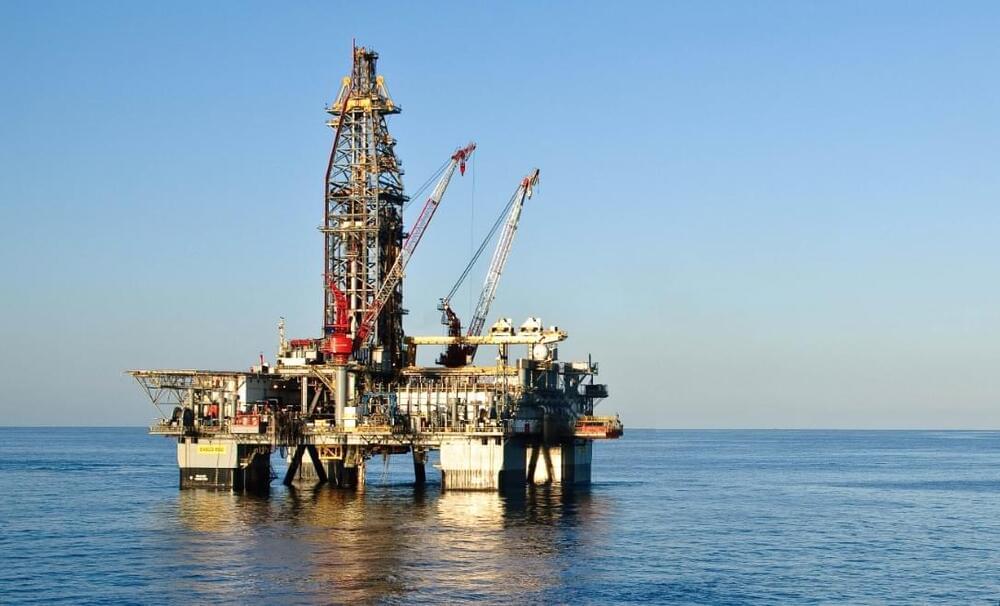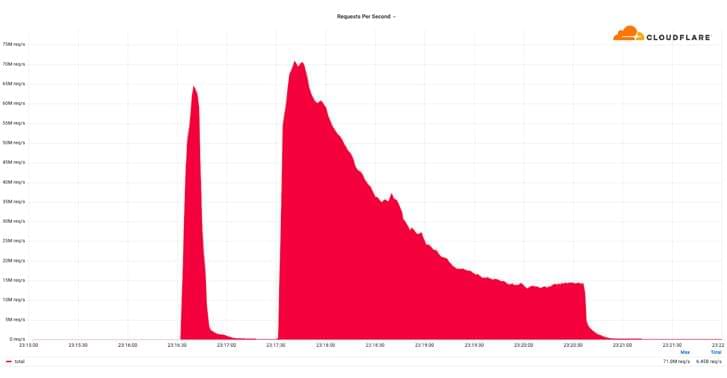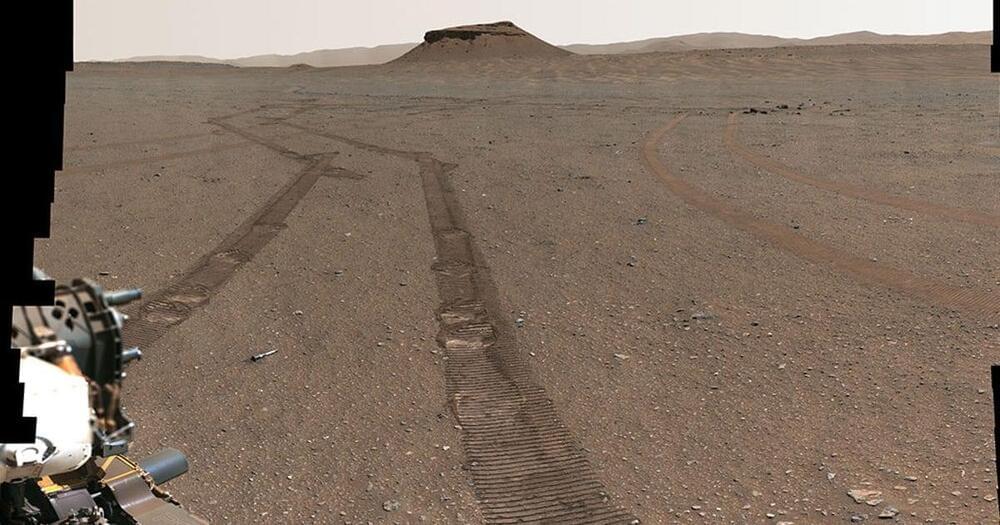Enter your email address:
Delivered by FeedBurner.

So please for Tech news and views from the perspective of building a humane and sustainable economic system, check them all out!
And share them with your friends!
_________________________
Episode 24 discusses:
Ben Zion and Dr. Hale discuss the two most exceptional 21st century projects (beyond those to do with building a humane and sustainable economic system, which should have rightly been achieved in the 20th century) namely Universal Superlongevity and Human-Centered-Artificial-Superintelligence, and the noble work of Ageless Partners in the life extension arena.(continued in ep. 25)
Prof. Ian Hale, the autism author and broadcaster, is a member of the World Academy of Medical Science and Director of Research for Ageless Partners’ radical new rejuvenation project.
He’s an associate of both the Moscow Institute of Science & Technology & the Russian Academy of Science.
I have started uploading them primarily to YouTube, this is a sneak preview, and it will be uploaded there next week–
So please like and subscribe!
DID YOU KNOW THAT YOU CAN ASK A FREE #DIGITAL #WRITING #ASSISTANT (CHATGPT)

Inside the mall, customers’ avatars will find Carrefour, VOX Cinemas, THAT Concept Store, Ghawali and Samsung Store, “with many more brands and exciting features in the pipeline”.
Announced at the World Government Summit, the mall is in the initial phase of development as the group looks “closely” at customers’ needs and expectations.
Khalifa bin Braik, CEO of Majid Al Futtaim Asset Management, said the Mall of the Metaverse will be a leading retail and entertainment destination — “and surely a huge attraction for customers who crave digital experiences from their most loved brands”.

WASHINGTON — SpaceX has abandoned efforts to convert two oil rigs into launch platforms for its Starship vehicle, but the company still believes that offshore launch platforms will be part of its long-term plans.
In 2020, SpaceX acquired two oil rigs, which it subsequently named Phobos and Deimos after the two moons of Mars. The company planned to convert the rigs into offshore launch platforms that would be used for its Starship vehicles.
“SpaceX is building floating, superheavy-class spaceports for Mars, moon & hypersonic travel around Earth,” tweeted SpaceX Chief Executive Elon Musk in June 2020, shortly after job postings for “offshore operations engineers” were posted on SpaceX’s website.

In a recent study posted to the bioRxiv preprint server, researchers identified a novel antiviral pathway different from the interferon (IFN) pathway that inhibited poxvirus(es) replication.
Study: A FACT-ETS-1 Antiviral Response Pathway Restricts Viral Replication and is Countered by Poxvirus A51R Proteins. Image Credit: Kateryna Kon / Shutterstock.

Artificial enzymes can fight the COVID-causing virus by selectively snipping apart its RNA genome, a new study suggests. Researchers say the technique may overcome key problems with previous technologies and could help create rapid antiviral treatments as threats emerge.
When the COVID pandemic struck, University of Cambridge chemical biologist Alexander Taylor scrambled to repurpose a gene-cutting technology he and his colleagues had been developing: synthetic enzymes called XNAzymes (xeno nucleic acids) formed from artificial RNA. Working single-handedly during lockdown, Taylor generated five XNAzymes targeting sequences in SARS-CoV-2’s genome in a matter of days.
Enzymes are natural catalysts that facilitate chemical transformations—in this case, by chopping other molecules apart. But previous DNA-and RNA-based enzymes have struggled to cut long, highly structured molecules such as virus genomes. Instead they destroy targets by recruiting existing enzymes inside cells—a less precise process that can lead to “off-target” cuts and increased side effects.

Web infrastructure company Cloudflare on Monday disclosed that it thwarted a record-breaking distributed denial-of-service (DDoS) attack that peaked at over 71 million requests per second (RPS).
“The majority of attacks peaked in the ballpark of 50–70 million requests per second (RPS) with the largest exceeding 71 million,” the company said, calling it a “hyper-volumetric” DDoS attack.
It’s also the largest HTTP DDoS attack reported to date, more than 35% higher than the previous 46 million RPS DDoS attack that Google Cloud mitigated in June 2022.


